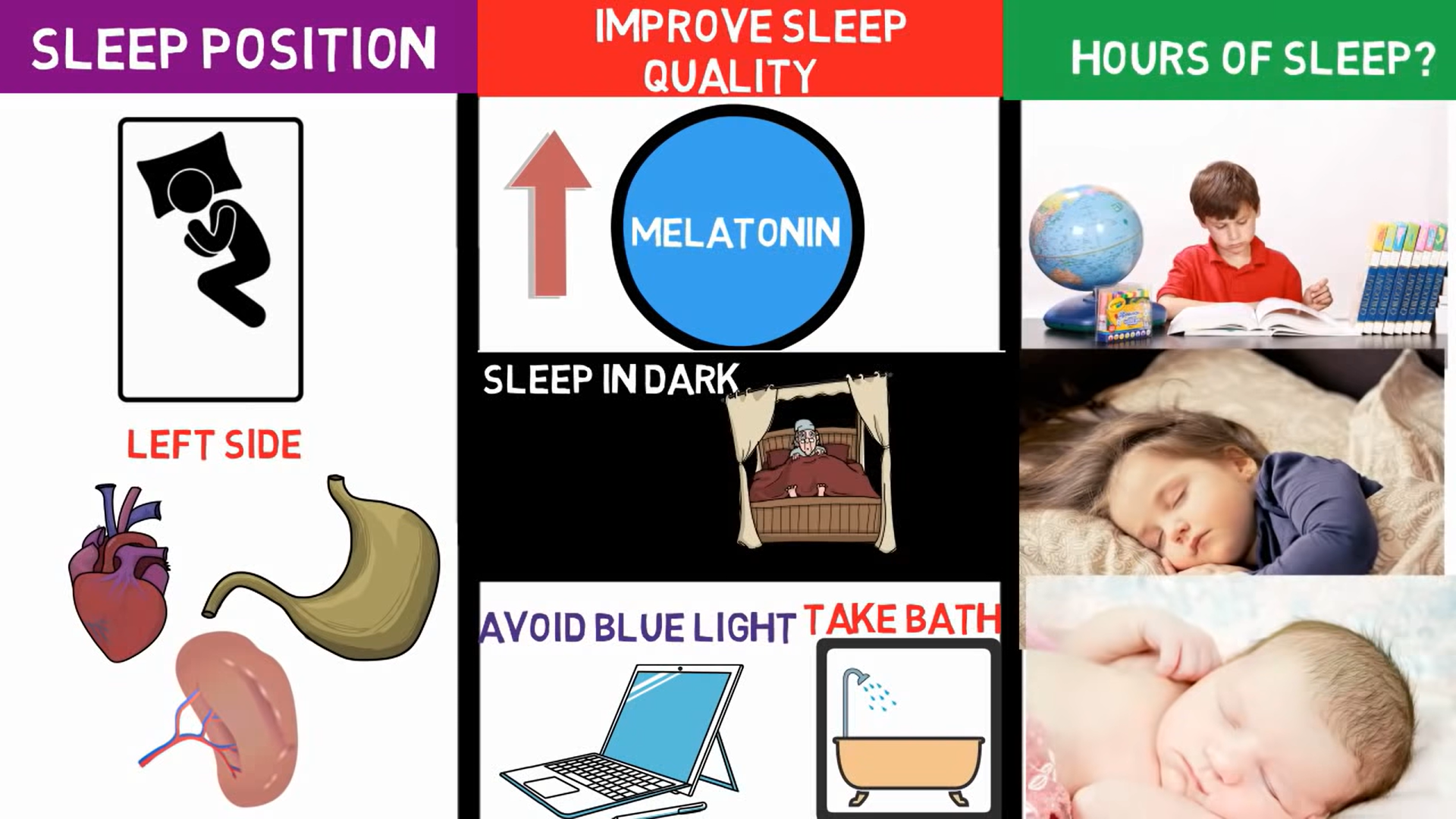How to sleep direction :Getting a good night’s sleep is crucial for mental and physical health. While many factors go into quality sleep, one aspect people often overlook is sleep direction. The direction you lie in relation to compass points and environmental factors in your bedroom can impact how restful and restorative your sleep.

Determining the optimal direction to sleep in depends on a variety of considerations. The Earth’s magnetic field, sunlight exposure, bedroom layout, sleeping position, and medical conditions can all influence what direction you should sleep in. Finding the right direction for your body and bedroom setup can enhance your sleep efficiency, regulate your circadian rhythms, align your body with natural energetic rhythms, and may even provide pain relief or other health benefits.
Also Read :-How to Book an Online Appointment AIIMS Delhi
In this comprehensive guide, we’ll cover the top factors to consider, when choosing the best direction to sleep in for your needs. You’ll learn about interesting cultural beliefs, scientific research, and practical tips to test in your own bedroom and also learn How to sleep direction. With an understanding of how sleep direction works, you’ll be equipped to tweak your sleeping position and transform your slumber.
History and Cultural Beliefs of sleep direction
The direction you sleep in has long been a topic of discussion in various cultural belief systems and ancient healing practices. Two philosophies in particular place special emphasis on proper orientation while sleeping:
Feng Shui : Feng Shui is an ancient Chinese philosophy that focuses on harmonizing energy flow. In Feng Shui, it is believed that sleeping with your head facing north helps promote better rest and aligns your body with the Earth’s magnetic field. Sleeping facing south is said to allow for better energy absorption from the sun.
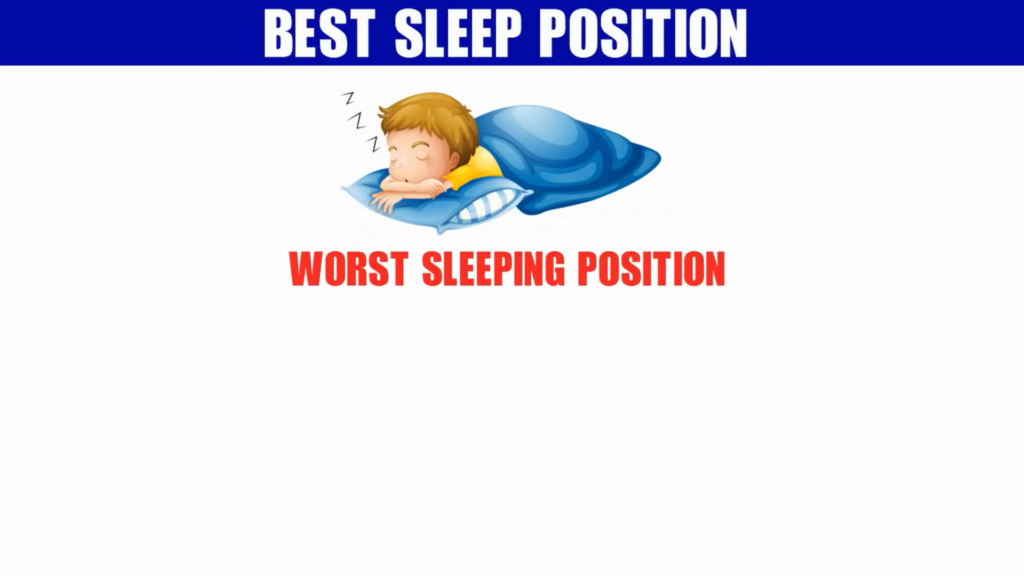
Vastu Shastra: Vastu Shastra is an ancient Indian system of architecture and design closely related to Feng Shui. Vastu provides directional guidelines for home and bedroom layout, claiming that sleeping with your head facing east or south brings positive energy and health benefits. Facing north or west while sleeping is seen as unfavorable.
Both Feng Shui and Vastu Shastra emphasize the importance of proper orientation while resting, based on principles of energy flow, cosmic forces, and spiritual harmony. These historical perspectives have shaped modern views on ideal sleep direction.
Earth’s Magnetic Field on sleep direction
The Earth has a magnetic field that is generated by the motion of liquid iron in the planet’s outer core. This magnetic field has North and South poles, similar to a bar magnet.
The North Magnetic Pole is different from the Geographic North Pole, which is the northern axis on which the Earth rotates. The magnetic north pole shifts over time due to changes within the Earth’s core. Currently, the Magnetic North Pole is located off the northwest coast of Greenland in the Arctic Ocean.
Some people believe that aligning your head while sleeping with the Earth’s magnetic field can lead to better sleep and overall health. The theory suggests that humans slept aligned with the north-south magnetic poles for centuries, but the invention of artificial light and more time spent indoors has disrupted this alignment for many.
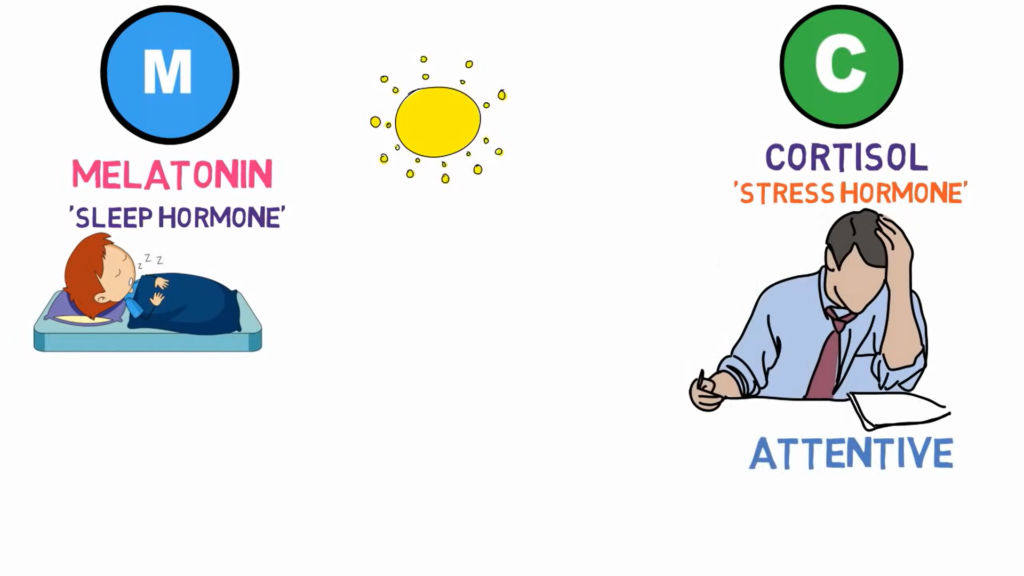
according to Feng shui and vastu, systems of harmonizing with your environment, say that placing your bed aligned along the north-south magnetic axis can promote stability, calmness, and restful sleep. However, the magnetism of the Earth is very weak, so it’s questionable whether it can have noticeable effects on human biology.
While some one claim benefits to magnetic alignment during sleep, there is little scientific evidence to support these theories. Many research would be needed to determine if Earth’s magnetism has any measurable impact on sleep quality or health. Many experts suggest simply finding a sleeping position that is most comfortable for you.
Sunlight and Circadian Rhythm
we know that , the Earth rotates on its axis, we experience predictable periods of daylight and darkness. This cycle of light and dark has a powerful influence on our circadian rhythm, which regulates our sleep-wake cycle and other biological processes.
When sunlight hits the retina in our eyes in the morning, it suppresses production of the sleep hormone melatonin and signals the brain to wake up. At night, as sunlight fades, melatonin levels begin to rise to induce sleepiness. This is why exposure to sunlight in the morning and darkness at night is so crucial for robust circadian entrainment.

Aligning your bed East-West takes advantage of this natural daylight/darkness cycle. With an east-facing head position, you wake up to morning sunlight through a window, supporting a healthy cortisol curve and energized start to your day. Sleeping with your head west ensures the setting sun won’t shine directly in your eyes and disrupt melatonin release in the evening.
Positioning your bed to align with the sun’s daily rhythms can therefore have profound benefits for sleep quality, energy levels, and overall health. The circadian advantage of proper East-West alignment is one of the most compelling reasons to consider optimal bed positioning within your bedroom space.
Bed Position Within Room
In feng shui, optimal bed placement depends on your room’s layout and the principles of feng shui energy flow. The bed is best positioned in a “commanding position” that allows you to see the door when lying down, without aligning directly with it or positioning under a window, fan or beam.
Ideally, place the bed against a solid wall, avoiding positioning under ceiling beams which can create too much pressure. Avoid positioning under a ceiling fan which disturbs restful sleep. The bed should not align directly with the doorway as this allows energy to flow directly into the bed which can disturb sleep.
Angle the bed slightly so your feet do not point out the door. Pointing your feet out the door is considered bad feng shui. Some recommend pointing your head southward. Position the sides of the bed parallel to wall surfaces, avoiding positioning the bed diagonally across a corner.
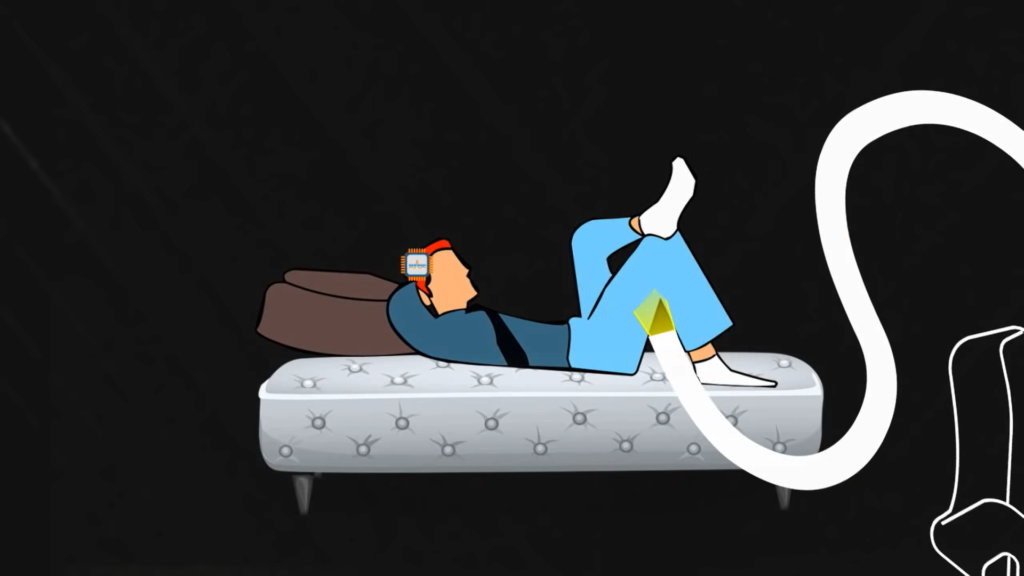
Allow easy access to both sides of the bed without blocking one side. Ensure proper clearance so you are not cramped. Allow a nightstand and lamp on each side with enough room to walk around the bed. Position the bed low enough to allow decorative light to pass over and for you to see the window.
Sleeping Position
Your sleeping position can impact your sleep quality and health. The three main sleeping positions are back, side, and stomach sleeping. Here’s an overview of the pros and cons of each:

Back Sleeping
- Pros: Aligns your head, neck, and spine. Can minimize acid reflux. Reduces facial wrinkles and skin breakouts.
- Cons: Can cause back pain. Contributes to snoring and sleep apnea in some.
Back sleeping evenly distributes weight and pressure. It keeps your spine in a neutral position, avoiding any twisting. This allows your neck and back muscles to relax during sleep. However, for some people back sleeping can worsen acid reflux and snoring or sleep apnea when the tongue falls back into the throat.

Side Sleeping
- Pros: Reduces snoring and sleep apnea for some. Takes pressure off your back.
- Cons: Can cause shoulder and neck pain. Contributes to facial wrinkles.
Sleeping on your side helps open up your airways. This can reduce snoring and sleep apnea for some people compared to back sleeping. Side sleeping also reduces pressure on your back and can be better for back pain. However, side sleeping can put pressure on your shoulders and hips as well as lead to neck pain and facial wrinkles or “sleep lines.”
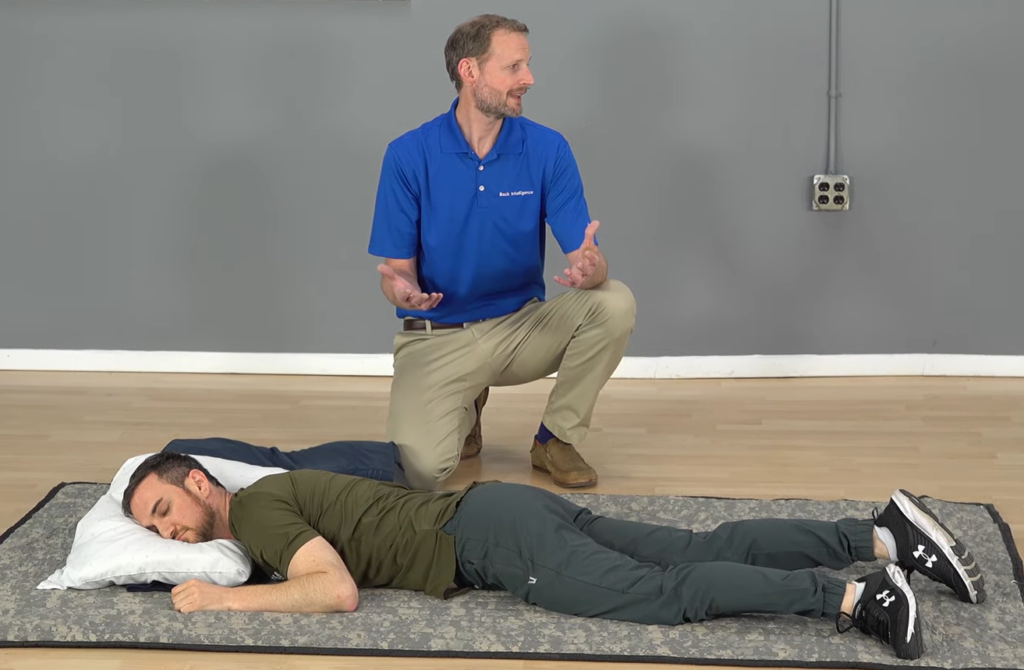
Stomach Sleeping
- Pros: Comfortable for some. Can reduce snoring for some.
- Cons: Hard on your back and neck. Increases pressure on muscles and joints. Contributes to pain and numbness.
Stomach sleeping avoids pressure on your spine and can open up breathing for some. However, it twists your neck and applies pressure on muscles and joints. This strains the back and often leads to aches, numbness, and nerve pain over time. It’s usually the worst sleeping position for both back pain and snoring.
In terms of positioning related to your door or window, avoid directly aligning your body with the doorway. Having your head pointed towards the door while sleeping is associated with increased stress and disturbed sleep in some beliefs. Orienting your bed so your head points away from the door can allow for deeper, uninterrupted rest. Consider positioning yourself on the side farthest from the door if possible.
Medical Considerations
Sleeping position can have an effect on various medical conditions and health circumstances. For those with conditions like sleep apnea, where breathing is impaired during sleep, sleeping on your side rather than on your back can help keep airways open and reduce apnea events. Those who experience acid reflux may also want to avoid sleeping on their right side, which can make symptoms worse due to the location of the stomach.

Pregnancy affects sleep position due to the weight and size of the growing fetus. Sleeping on your left side is often recommended for pregnant women to improve blood flow and nutrient absorption for the fetus. The back is not ideal during pregnancy because the heavy uterus presses on the veins and arteries in that position. Pregnant women may also experience an increase in snoring due to nasal congestion and swelling, making left or right side the preferred positions.
Consulting with your doctor about how various medical conditions impact your sleep position can lead to tailored recommendations and better rest. Being aware of changes to sleep position needs through the stages of pregnancy can also help ensure the best sleep posture as your body changes.
Partners and Sleeping Environment
Sharing a bed with a partner can influence how you sleep based on their own sleep habits and preferred sleep direction. It’s important to communicate with your partner to find an optimal sleep direction that accommodates both of your needs.
If one partner tosses and turns or gets up frequently in the night, the other may sleep better facing away. Partners who snore may benefit from sleeping head-to-toe rather than side-by-side.
Consider your partner’s height, as their feet near your head could disturb your sleep. If one partner moves around significantly, give them the side of the bed near the wall so the other isn’t jostled during the night.
Those who suffer from acid reflux may need to sleep propped up with extra pillows, so be prepared to make adjustments to your own sleep position.
If you have a new baby in the bedroom, position their crib or bassinet so you can easily attend to them during the night. Avoid pointing your feet towards the baby.
Pets who sleep in the bedroom should have their own designated spot, such as a dog bed on the floor, to prevent them from interrupting your sleep. Keep pets away from the head of your bed and make sure you can get in and out of bed without disturbing them.
Finding the right sleep direction takes some experimentation. Be willing to compromise with your partner and make adjustments over time for the most restful sleep environment.

Tips for Implementation
When attempting to change your sleep direction, it’s best to take a gradual approach. Our bodies and minds become accustomed to habit, so an abrupt 180-degree shift can be jarring. Instead, make small 15-30 degree changes over a series of nights to smoothly transition your sleep orientation.
Visualization and affirmation techniques can also help reprogram the mind and body. Before sleep, mentally envision yourself slumbering soundly and comfortably in your intended direction. Repeat positive mantras like “I deeply relax as I align my sleep position with nature’s rhythms.” This plants seeds in the subconscious, allowing the new sleep direction to feel natural versus forced.
Some recommend using crystals or essential oils to accentuate this visualization process. Place a grounding stone like hematite or calming oil like lavender by your new head area. This acts as a tangible anchor for your intentions. Over time, you may find these transitional aids are no longer needed as your mind adapts.
Be patient and go easy on yourself during this adjustment period. Our sleep patterns become ingrained over years or decades. It will take conscious practice to create new neural pathways and sleeping habits. With consistency and self-compassion, you can gradually shift your slumber’s orientation to achieve greater harmony and restoration.
The Takeaway
When it comes to which direction you should sleep in, there is no universally optimal orientation. Different cultures around the world have believed sleeping in certain directions brings good or bad fortune, but there is limited scientific evidence to support these claims. The Earth’s magnetic field and sunlight patterns do influence your sleep, but the effects are minor. Your bedroom layout, sleep position, and any medical conditions are more important factors to consider.
The direction you point your head while sleeping often comes down to personal preference, partners sharing the bed, and making the best use of your layout and lighting. Rather than worrying about absolutes, listen to your body and notice when you sleep best. Experiment with different directions in small increments if needed. While many people have a favorite direction, the most important thing is to get comfortable and allow your mind and body to fully recharge overnight. Don’t force yourself into an awkward position for the sake of directions alone. Find the orientation that works with your lifestyle and helps you wake up feeling refreshed

